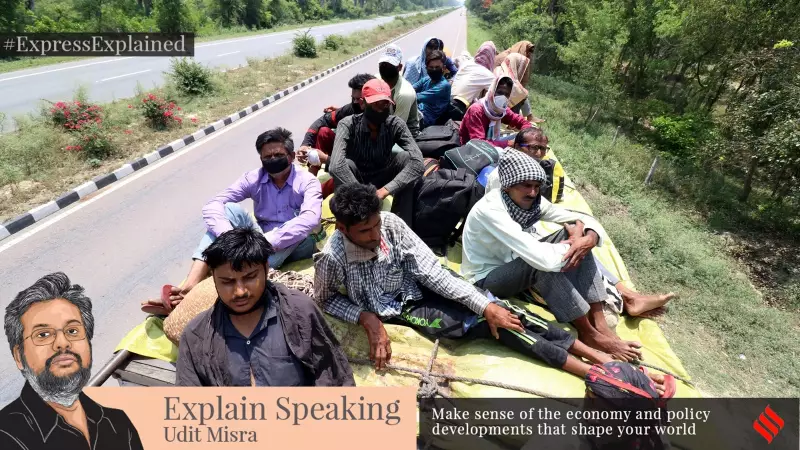
In a remarkable economic turnaround that defies conventional wisdom, Bihar has emerged as one of India's fastest-growing states, despite maintaining its position as the country's poorest region. This fascinating paradox lies at the heart of the upcoming state elections and offers crucial insights into development economics.
The Growth Miracle: Numbers That Defy Expectations
Between 2011-12 and 2022-23, Bihar achieved an astonishing growth rate of 7.5% annually in real per capita income. This performance places it among the top-performing states in India, second only to Gujarat's 7.9% during the same period. What makes this achievement particularly noteworthy is that Bihar accomplished this growth while remaining India's poorest state.
The state's per capita income of ₹54,383 in 2022-23 represents less than one-third of the national average and barely 40% of the per capita income in Gujarat. This creates a unique economic narrative: rapid growth coexisting with deep poverty.
The Poverty Conundrum: Growth Without Convergence
Despite its impressive growth trajectory, Bihar continues to struggle with poverty levels that far exceed other states. The latest data reveals that 52.5% of Bihar's rural population lives in multidimensional poverty, significantly higher than the national average of 32.75% and Uttar Pradesh's 38.65%.
This raises critical questions about the nature of Bihar's growth. Has economic development truly translated into meaningful improvements in living standards for the average citizen? The evidence suggests a more complex reality.
Comparative Analysis: How Bihar Stacks Up Against Other States
When examining state performance across different metrics, Bihar presents a mixed picture:
- Per Capita Income Growth: Second fastest growing state after Gujarat
- Poverty Levels: Highest multidimensional poverty among major states
- Human Development: Continues to lag in education and health indicators
- Infrastructure: Significant improvements but still below national standards
The Election Equation: Growth Versus Development
As Bihar approaches crucial state elections, this economic paradox takes center stage in political discourse. The ruling government points to impressive growth numbers as evidence of successful governance, while opposition parties highlight persistent poverty and inadequate social development.
This creates a fascinating electoral dynamic where voters must weigh macroeconomic achievements against microeconomic realities in their daily lives.
The Road Ahead: Challenges and Opportunities
Bihar's journey offers valuable lessons for development economics globally. The state demonstrates that high growth rates alone are insufficient to overcome deep-rooted poverty. Sustainable development requires a more comprehensive approach that addresses:
- Education and healthcare infrastructure
- Job creation beyond agriculture
- Women's participation in the workforce
- Improved governance and implementation
The Bihar story underscores that economic growth and human development must progress hand-in-hand for meaningful transformation. As the state continues its development journey, it serves as both an inspiration and a cautionary tale for other developing regions.





